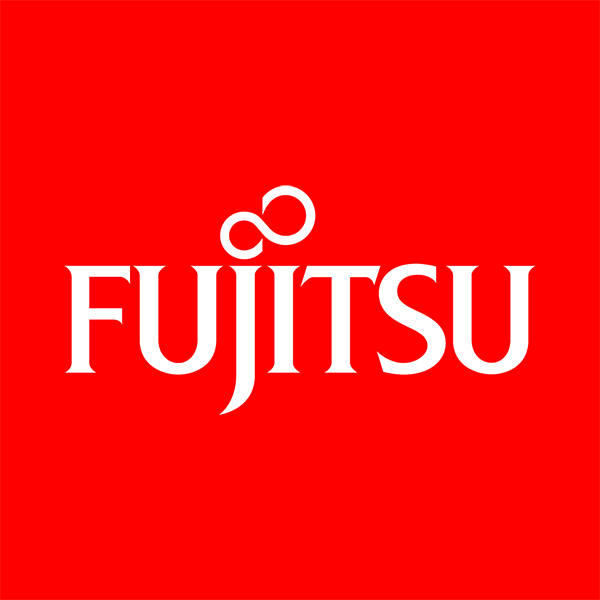Preamble
The Australian Computer Society (ACS) was formed 50 years ago, when the various state computer societies joined forces.
To mark the occasion, the ACS has initiated a heritage project to honour the many individuals who have contributed to the growth of the ICT profession in Australia.
At the heart of the project is a history of computing in Australia. It is not just a history of the ACS, but the history of a profession.
Australia has the longest computing history of any country, excepting the US and the UK, and CSIRAC in the Museum of Victoria is the oldest computer still in existence.
Chapter 28: The rise of Fujitsu
In early 1923, Japan’s powerful Furukawa industrial family established a relationship with Siemens, the German electrical and industrial conglomerate. They formed a company called Fuji Electric Company Limited. ‘Fuji’ is formed from the first syllables of Furukawa – Fu– and Siemens (‘Jimens’ in Japanese) – Ji. The young company grew by supplying the growing Japanese empire in East Asia with specialised electrical equipment.
In 1935, a telecommunications subsidiary was formed, Fuji Tsushinki, which translates as Fuji Telecommunications. In 1967 the name was shortened to Fujitsu – which is simply a Japanese acronym for ‘Furukawa Siemens Telecommunications’.
The company moved into computer systems in the 1950s. Its first computer, the FACOM 100, was developed in 1954 (FACOM stood for ‘Fuji Automatic Computer’). Its 1965 FACOM 230-10 is credited with starting the computer boom in Japan, where over a thousand were sold.
Fujitsu’s entry into Australia remains one of the best examples of a computer supplier using Australia as a test bed for the rest of the world. Fujitsu initially entered the Australian market via the establishment in 1973 of a partnership with the Bank of Tokyo, the Bank of NSW (now Westpac), Computer Manufacturers of Australia (an Australian data entry equipment company which provided local marketing expertise), and Nissho Iwai, a Japanese trading house which provided shipping and mercantile experience.
The operation was initially called FACOM Australia Limited. Fujitsu soon acquired the shareholding of the other partners and Australia became a fully owned subsidiary. Mike Rydon, formerly of IBM South Africa, was invited to take the position of Managing Director.
Fujitsu’s entry strategy was unique for any overseas company, especially a Japanese one, as it employed local management, staff and skills to run the business, as opposed to the traditional approach of running everything from Japan. This enabled the Australian operation to respond to local situations with almost complete autonomy, but with the full support and backing of head office.
Things were not easy for the newcomer. Existing Australian ICT suppliers were actively hostile towards the company, and took every opportunity to aggressively attack its small base and discredit it in the computer community. Each of these companies were affiliates or subsidiaries of large US firms, and they quickly recognised that this Japanese company was potentially a major threat – and not only in the Australian market.
If Fujitsu could be successful in the Western test-tube of Australia, it could leverage this success and experience, and start attacking their home markets. Its competitors’ fears were justified, because that is exactly what happened.
In February 1977, the Australian Bureau of Statistics (ABS) went to tender for new computer equipment. The ABS had moved into the computer age in 1961, when it installed Control Data mainframes around Australia. The tender was for a replacement of its core computer equipment for census analysis, processing trade and financial statistics, and a complete renovation of the existing national network. The deal was worth more than $17 million, one of Australia’s largest ICT projects to that date.
The ABS received responses from Control Data Australia, IBM, Sperry, and Fujitsu. In May 1977, IBM and Fujitsu were shortlisted. The ABS contract was a large deal on a global scale, and internally it was viewed as crucial to Fujitsu’s establishment in a Western market.
The ICT industry rumour mill began to suggest in late 1977 that Fujitsu was favoured over IBM to win the idea. But it also emerged that the Government had recommended that IBM be awarded the contract, despite it being more expensive.
This caused some controversy. Questions were asked in Parliament. Some people were even calling it ‘Computergate’, and Malcolm Fraser’s Coalition government was forced to call new tenders, with the selection process overseen by an independent arbitrator. Finally, in November 1979, Fujitsu was awarded the contract.
This was a major victory for FACOM Australia and Fujitsu worldwide. Not only had Fujitsu overcome the technical challenges of competing against IBM, it had also overcome the language barrier, which had previously prevented Japanese computer systems from being accepted in projects of this size.
Fujitsu was now recognised in the Australian computer market, and significant purchases by other major Government departments and commercial organisations followed.
George Ranucci, an urbane Italian, was Fujitsu Australia’s second Managing Director. After joining in 1981 as Sales Manager, he succeeded Mike Rydon as Managing Director in 1985. In that year, the company changed its name from FACOM Australia to Fujitsu Australia.
During Ranucci’s time as Managing Director, Fujitsu Australia became the most successful of all Fujitsu’s international subsidiaries. Revenues trebled – from $80 million to $210 million, and headcount doubled, from 450 to 900. In his first year, brand name companies like Fairfax, AMI, CSIROnet, SEQEB, AAMI, VACC, SA Gas, Hindmarsh Building Society, Canberra Times, and P&O all became Fujitsu customers.
In the 1990s, Fujitsu acquired British mainframe supplier ICL, which greatly accelerated its move into services. Important service areas included third party hardware maintenance (where ICL had been particularly strong), systems integration, and services such as English language technical support of Fujitsu’s other overseas subsidiaries.
The Japanese upstart is today one of the largest computer companies in Australia.
Veteran ICT journalist Graeme Philipson is researching and writing the Heritage Project book, which is due for release on the 50th anniversary of the formal incorporation of the ACS, on 3 October 2017.
The project also involves the creation of a ‘virtual museum’, cataloguing hardware and other artefacts, and collecting and curating documents on the history of the industry, including oral histories of as many people as possible.
Please get in touch with Graeme if you would like to contribute, at [email protected]
Do you have early memories of the ICT industry in Australia? Help us make history by sending us your story! Record or write your memories to be included in our historic ACS Heritage Project. Details here.
Previously published:
Chapter 26: The rest of the BUNCH
Chapter 25: Honeywell in Australia
Chapter 23: ACS at home and abroad
Chapter 22: The early years of the Australian Computer Society
Chapter 21: Other Australian universities
Chapter 20: University of Melbourne and Monash
Chapter 19: Sydney University and UNSW lead the way
Chapter 18: Computing in the Australian Government
Chapter 17: Trevor Pearcey and the birth of CSIRONET
Chapter 16: Enter the minicomputer – DEC comes to Australia
Chapter 15: The IBM S/360 in Australia
Chapter 14: IBM redefines the computer industry
Chapter 13: Control Data Australia (part II)
Chapter 12: Control Data Australia (part I)
Chapter 11: The Australian Computer Society
Chapter 10: Five Computer Societies
Chapter 9: Australian made, Australian designed
Chapter 8: Australia's Computer Industry in 1962
Chapter 5: SILLIAC and the Snowy Mountains Scheme
Chapter 3: Harry Messel and the birth of SILLIAC










